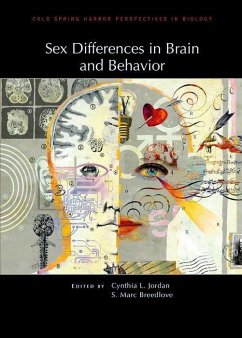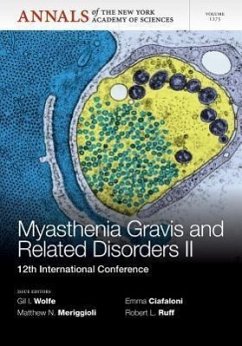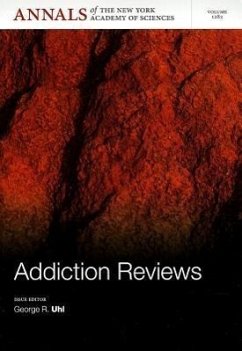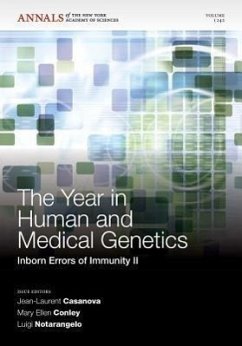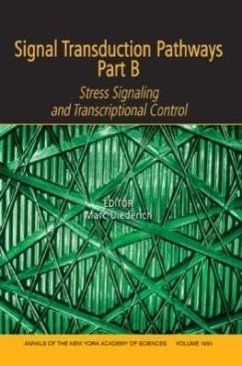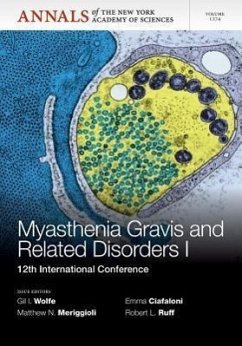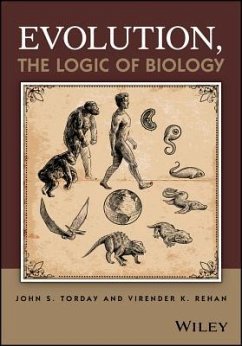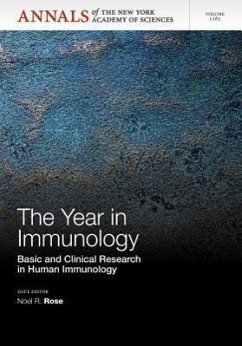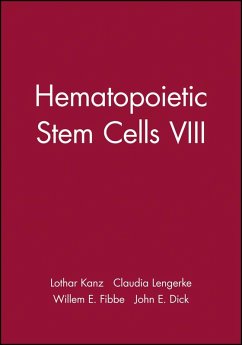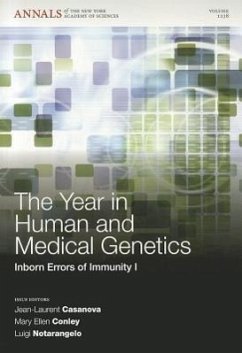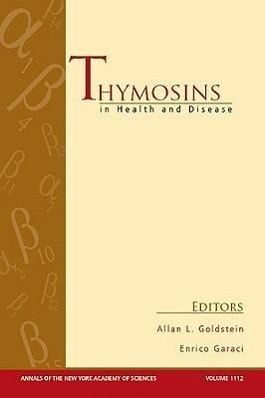
Thymosins in Health and Disease
First International Conference, Volume 1112
Herausgeber: Garaci, Enrico; Goldstein, Allan L
Versandkostenfrei!
Versandfertig in über 4 Wochen
171,99 €
inkl. MwSt.

PAYBACK Punkte
86 °P sammeln!
This volume is the result of a meeting bringing together many of the leading researchers in the US, Europe, and Asia, to report on advances that have been made in the chemistry, biology, and clinical application of thymosins in health and disease. The thymosins are a family of biologically active peptides with hormone-like properties that were first isolated in 1966. Since that time, significant progress has been made in our understanding of the role of these molecules in immunity and the nature of the physiological processes they regulate. Several of these small peptides, such as thymosin alp...
This volume is the result of a meeting bringing together many of the leading researchers in the US, Europe, and Asia, to report on advances that have been made in the chemistry, biology, and clinical application of thymosins in health and disease. The thymosins are a family of biologically active peptides with hormone-like properties that were first isolated in 1966. Since that time, significant progress has been made in our understanding of the role of these molecules in immunity and the nature of the physiological processes they regulate. Several of these small peptides, such as thymosin alpha 1 and thymosin beta 4, have been synthesized and shown to have important clinical applications. The physiological processes that these peptides affect include stimulation or suppression of immune responses, regulation of actin dynamics and cell motility, neuroplasticity, repair and remodeling of vessels of the heart and other injured tissues, angiogenesis, and stem cell differentiation. Several of these molecules have also been shown to be useful as molecular markers and as potential diagnostics in areas ranging from cancer and infectious diseases to autoimmune diseases and aging. In addition to reports on advances in basic research, the meeting will also highlight recent translational studies and detail how several of these molecules may play a role in the treatment of cancer, cardiovascular disease, and infectious diseases such as hepatitis. NOTE: Annals volumes are available for sale as individual books or as a journal. For information on institutional journal subscriptions, please visit www.blackwellpublishing.com/nyas. ACADEMY MEMBERS: Please contact the New York Academy of Sciences directly to place your order (www.nyas.org). Members of the New York Academy of Science receive full-text access to the Annals online and discounts on print volumes. Please visit www.nyas.org/membership/main.asp for more information about becoming a member.



